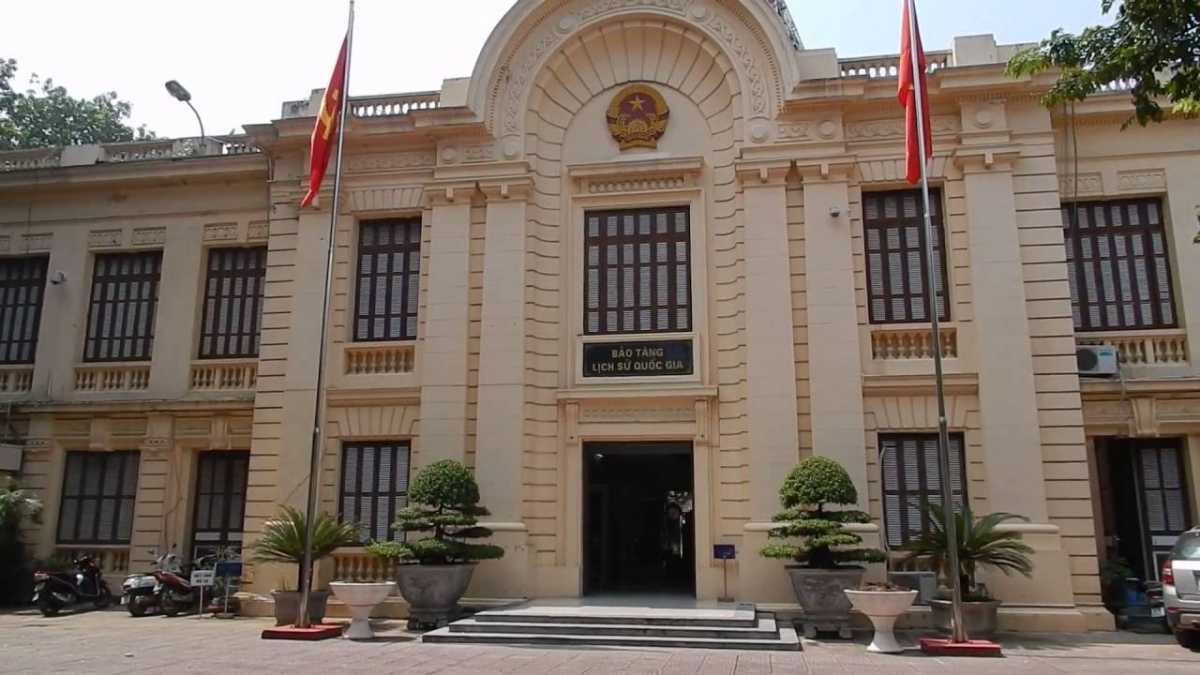Museum of Vietnamese Revolution
₹ 36 onwards
View Hanoi PackagesWeather :
Tags : Museum
Time Required : 1 - 2 hours
Ways to Experience this attraction
Museum of Vietnamese Revolution, Hanoi Overview
The Museum of Vietnamese Revolution is nothing compared to the National Museum of Vietnamese History, but is still an interesting attraction. The rooms contain photographs, documents, maps, flags and other exhibits of Vietnam's revolutionary history. Some rooms showcase items like carpets and batteries that indicated Vietnam's blossoming into the modern era.
The Museum of Vietnamese Revolution recounts the history of Vietnam via its astounding collection of artifacts from different periods of history. The 40,000 odd exhibits include the freedom struggle against the French occupation, the Vietnamese War and establishment of the present day social republic of Vietnam. Located in the Tong Dan Street of Hanoi, this fascinating museum occupies a magnificent building from French colonial times, constructed in 1917, and converted into the museum in 1959 with a reconstruction of its interiors. The French architecture is sure to evoke admiration with the visitors being intrigued and horrified to discover the stories of violence that racked Vietnam at different times of history.

The present day museum boasts 30 different galleries that showcase the various historic exhibits, along with the old documents and numerous photographs. Particularly impressive is a glass-encased showcase of weapons used by the Vietnamese peasants during the revolution, as well as literature that had inspired them to fight for independence. There are a number of statues depicting the revolutionary leader Ho Chi Minh in various periods of his life. However, the revered pioneers like Tran Phu are not ignored either. Rooms 28 and 29 include the collection of gifts that had been made to the “Vietnamese Communist Party” and Ho Chi Minh. The total collection contains more than 300 objects of various value.
The first section of the collection of the Museum of Vietnamese Revolution is dedicated to the period 1858 – 1945 when the people of the nation began to rise, demanding independence. The second significant period of 1945 to 1975 highlights the revolution against the invaders who had refused to consider the indigenous people as equals. The last section displays the importance of the post-war era when Vietnam began to embark on the path of justice and equality for all ultimately becoming a socialist & democratic nation.
How to Reach The Museum of Vietnamese Revolution
The Museum of Vietnamese Revolution is situated on Tong Dan street located in the Old Quarter area of Hanoi. Visitors residing in the area can take a brisk walk and reach the museum within 10 to 15 minutes. The two storied building is sure to be visible from afar when one passes through the Tran Quang Khai road or the Tong Dan Street. It will take 38 minutes to reach the museum from Tòa Nhà Keangnam while traveling by Bus No. 33. Taking a metered taxi to the destination is the most popular choice when there are a number of visitors traveling as a group.
The first of its kind, the Museum of Vietnamese Revolution was erected to honor the people of Vietnam who played an active part in ushering in the new era. Visitors, especially those from other countries, have no difficulty in understanding the importance or relate it to the concerned period either.
Read More on Museum of Vietnamese Revolution
How to Reach The Museum of Vietnamese Revolution

The first of its kind, the Museum of Vietnamese Revolution was erected to honor the people of Vietnam who played an active part in ushering in the new era. Visitors, especially those from other countries, have no difficulty in understanding the importance or relate it to the concerned period either.
Top Hotel Collections
Top Hotels Near Museum of Vietnamese Revolution
Museum of Vietnamese Revolution Reviews

Have a Question on Museum of Vietnamese Revolution?

experience.